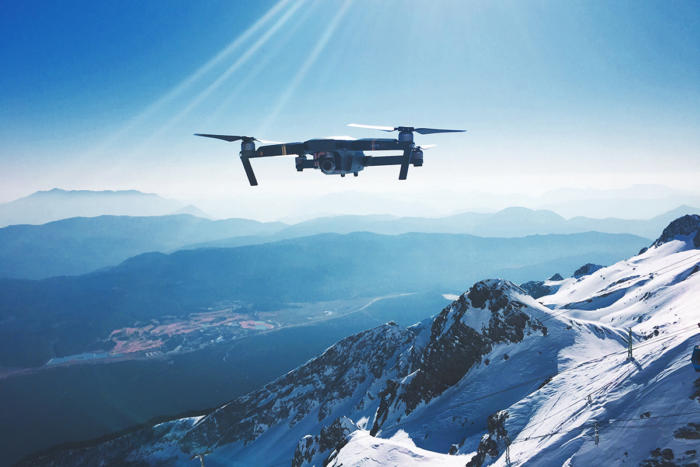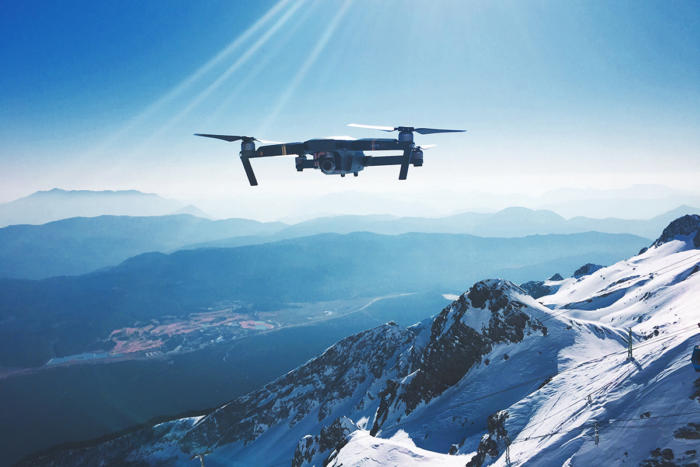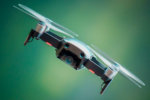

Related
-
 Why it’s time to start developing a drone security strategy
Why it’s time to start developing a drone security strategy -
 Guarding against the threat from IoT killer drones
Guarding against the threat from IoT killer drones -
 IoT gets smarter but still needs backend analytics
IoT gets smarter but still needs backend analytics -
 Video What is IIoT?
Video What is IIoT?
"); }); try { $("div.lazyload_blox_ad").lazyLoadAd({ threshold : 0, // You can set threshold on how close to the edge ad should come before it is loaded. Default is 0 (when it is visible). forceLoad : false, // Ad is loaded even if not visible. Default is false. onLoad : false, // Callback function on call ad loading onComplete : false, // Callback function when load is loaded timeout : 1500, // Timeout ad load debug : false, // For debug use : draw colors border depends on load status xray : false // For debug use : display a complete page view with ad placements }) ; } catch (exception){ console.log("error loading lazyload_ad " + exception); } });
The Internet of Things (IoT) didn’t just create smart houses and enable predictive analytics for industrial applications. It’s also creating a wide variety of new business opportunities and spawning new threats and challenges. Sometimes, all those things happen at once.
At least, that’s my takeaway from a new partnership between AT&T and Dedrone, a drone detection technology startup based in San Francisco. (De-drone, get it?)
Using IoT sensor data to detect drone threats
According an AT&T spokesperson, “AT&T and Dedrone are teaming up to deploy IoT sensor technology to protect against malicious drones. Powered exclusively by AT&T, and using sensor data like radio frequency, visual, and radar, Dedrone detects and classifies approaching drones, pinpointing their locations and triggering alarms to alert security.”
What exactly constitutes a “malicious” drone isn’t entirely clear, but it could range from teenagers using a small drone to peek over a fence to the kinds of military drones that are being used as weapons in several areas around the world. And, in fact, the companies cite “military bases, venues, cities, enterprises, correctional facilities, and more” as potential customers. Further, DroneTracker, Dedrone’s “airspace security platform” is designed to detects a wide variety drones, the company notes, “including commercial, consumer and military-grade, as well as autonomous drones.”
Dedrone leverages IoT sensor data to detect, classify, mitigate, and localize drone-based threats, the company says, while AT&T provides the LTE connectivity. Once a drone threat is detected, Dedrone notifies security personnel. (At least, that’s what the press release says. A Dedrone explainer YouTube video makes vague mention of unspecified “countermeasures,” which the Internet of Business identifies as everything from “nets to lasers to EMP pulses.”)
Watch Dedrone’s explainer video here:
Safer, or nah?
Until I heard about this deal, I didn’t know that drone detection was an actual business. Sure, there are a lot of drones out there, and people can often use any new tool in stupid, dangerous, and hostile ways.
But is the threat really that great for most business and industrial applications (as opposed, to government, military, or correctional facilities)? I’m still not sure that knowing that AT&T and Dedrone — along with many others, I’m sure — are on the case makes me feel safer or even more vulnerable.
That’s not my main conclusion, here, though. The real takeaway is that a transformative technology such as IoT is rapidly disrupting and creating businesses — not to mention lifestyles and many other things — in powerful, but difficult to predict ways.
Watch the AT&T/Dedrone video below:
Join the Network World communities on Facebook and LinkedIn to comment on topics that are top of mind. Now read: Getting grounded in IoT 
No comment yet, add your voice below!